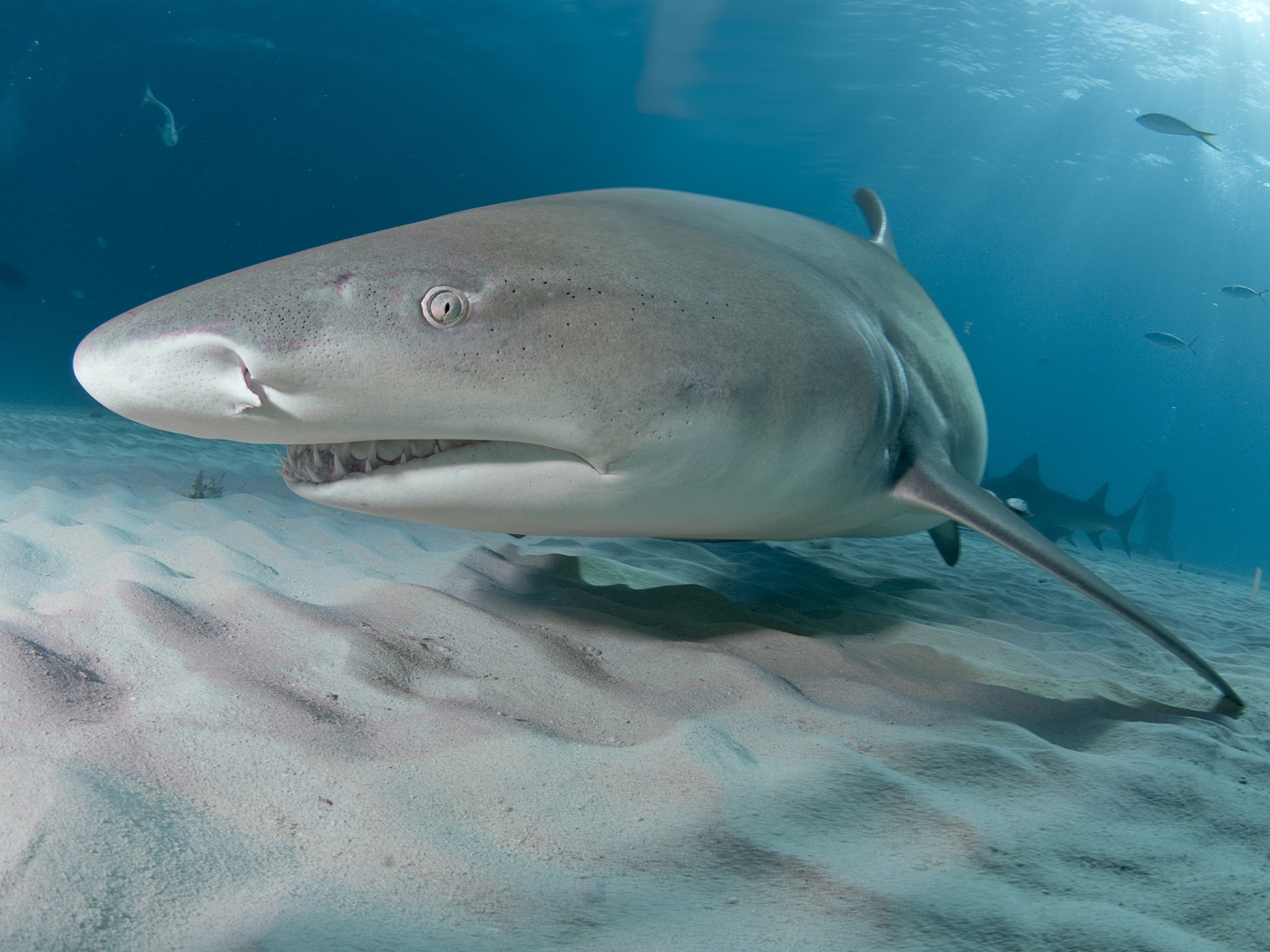In 2006 a story broke that a Kurdish family in southern Turkey had a number of their members that walked on their palms. This caused excitement among some in the evolutionary community because they thought this was a throwback to our primate ancestors.1
Now the Turkish family is back in the news with evolutionists stating that their walking “on all fours have ‘undone the last three million years of evolution.’”2 One evolutionist stated, “I never expected that even under the most extraordinary scientific fantasy that modern human beings could return to an animal state.”2 But people never existed in an animal state in the first place, and the strange idea that man somehow achieved upright walking status from an alleged primal ancestor is in itself a “most extraordinary scientific fantasy.”
There is no evidence for the evolution of upright walking. Fleagle and Lieberman wrote in Great Transformation in Vertebrate Evolution that “perhaps no locomotor transition in primate evolution is more contentious than the origin of bipedalism.”3 They went on to say, “Hypotheses about the origin of hominin bipedalism have largely been based on speculation necessitated by the absence of direct fossil evidence.”4
There are other accounts for this bizarre habit in the Ulas family that do not include an evolutionary explanation. After all, the article stated, “Back in the early 2000s, a scientific paper was published on five of the Ulas siblings and their strange bear crawl-style of movement, with experts divided over the cause of the abnormality [emphasis added].”2
Indeed, it should be pointed out that our hypothetical ancestors (chimps and other apes) don’t walk like members of the Ulas family. Our supposed primate ancestors walk on their knuckles, and the Ulas siblings walking on their palms.
In an article from IFL Science, an evolutionary newsletter, an evolutionist at the University of Texas was resolved to show that the Ulas family and chimps do not walk the same way.
“I was determined to publish this and set the record straight,” Liza J. Shapiro, a biological anthropologist in the Department of Anthropology at the University of Texas, told The Washington Post back in 2014. She and her colleagues had just put forward a paper detailing the exact mechanisms of the Ulas family’s walking pattern, and comparing it with those of nonhuman primates – something which, apparently, nobody had yet thought to do.
“[T]hese erroneous claims about the nature and cause of the quadrupedalism in these individuals have been published over and over again, without any actual analysis of the biomechanics of their gait,” Shapiro said, “and by researchers who are not experts in primate locomotion.”5
Shapiro went on to say that the Ulas family walked in a lateral-sequence gait (walk), whereas quadrupedal primates have a diagonal-sequence gait. This is a significant difference.
The newsletter also listed important genetic differences. For example,
“The interpretation that the members of this family are reflecting some sort of genetic throwback or some sort of ancestral situation – I don't agree with that interpretation whatsoever,” evolutionary developmental biologist Sean Carroll, a Professor in the Department of Biology at the University of Maryland, told PBS back in 2006. “They have a very serious defect in their cerebellum, and they are compensating for that balance problem by walking with the aid of their hands.”
In fact, the very notion of a single genetic mutation being responsible for a whole family of quadrupeds is “completely invalid,” he said.5
The scientific community has tried to show the Ulas family as exhibiting quadrupedalism in an evolutionary sense, but this is a dead end. Their strange gait has nothing to do with tired evolutionary assumptions but instead a physical disability: “the siblings have remarkably small cerebella, the part of the brain that controls motor function; they also have severely impacted cognitive abilities.”5
Speculation and dispute will always be paramount in discussing this supposed transition,6,7 “How and why natural selection favored the transition to bipedal posture and locomotion are likewise ongoing subjects of scholarly debate and conjecture.”8 Man has always been man and did not gradually become bipedal.9
References
- Sherwin, F. 2006. Walking the Walk. Acts & Facts. 25 (11).
- Brewis, H. Family that Walk on All Fours Have ‘Undone the Last Three Million Years of Evolution.’ MSN. Posted on msn.com 2024.
- Fleagle, J. and D. Lieberman. 2015. Evolution of Primate Locomotion. In Great Transformation in Vertebrate Evolution. K. Dial, N. Shubin, and E. L. Brainerd, ed. Chicago, IL: University of Chicago Press, 266.
- Fleagle and Lieberman, 267.
- Spalding, K. Is the Family That Walks on All Fours Really Evidence of “Backward Evolution”? IFL Science. Posted on iflscience.com September 4, 2024.
- Sherwin, F. Upright Walking Ancestor? Creation Science Update. Posted on ICR.org September 15, 2022.
- Thomas, B. Humans Were Made for Walking. Creation Science Update. Posted on ICR.org June 3, 2011.
- Stanford, C. 2006. Arboreal Bipedalism in Wild Chimpanzees: Implications for the Evolution of Hominid Posture and Locomotion. American Journal of Physical Anthropology. 129 (2): 225–231.
- Morris III, H. God’s Image. Days of Praise. Posted on ICR.org July 31, 2016.
Stage image: Western lowland gorilla
Stage image credit: Copyright © Cburnett. Used in accordance with federal copyright (fair use doctrine) law. Usage by ICR does not imply endorsement of copyright holder.
* Dr. Sherwin is a science news writer at the Institute for Creation Research. He earned an M.A. in invertebrate zoology from the University of Northern Colorado and received an honorary doctorate of science from Pensacola Christian College.

















